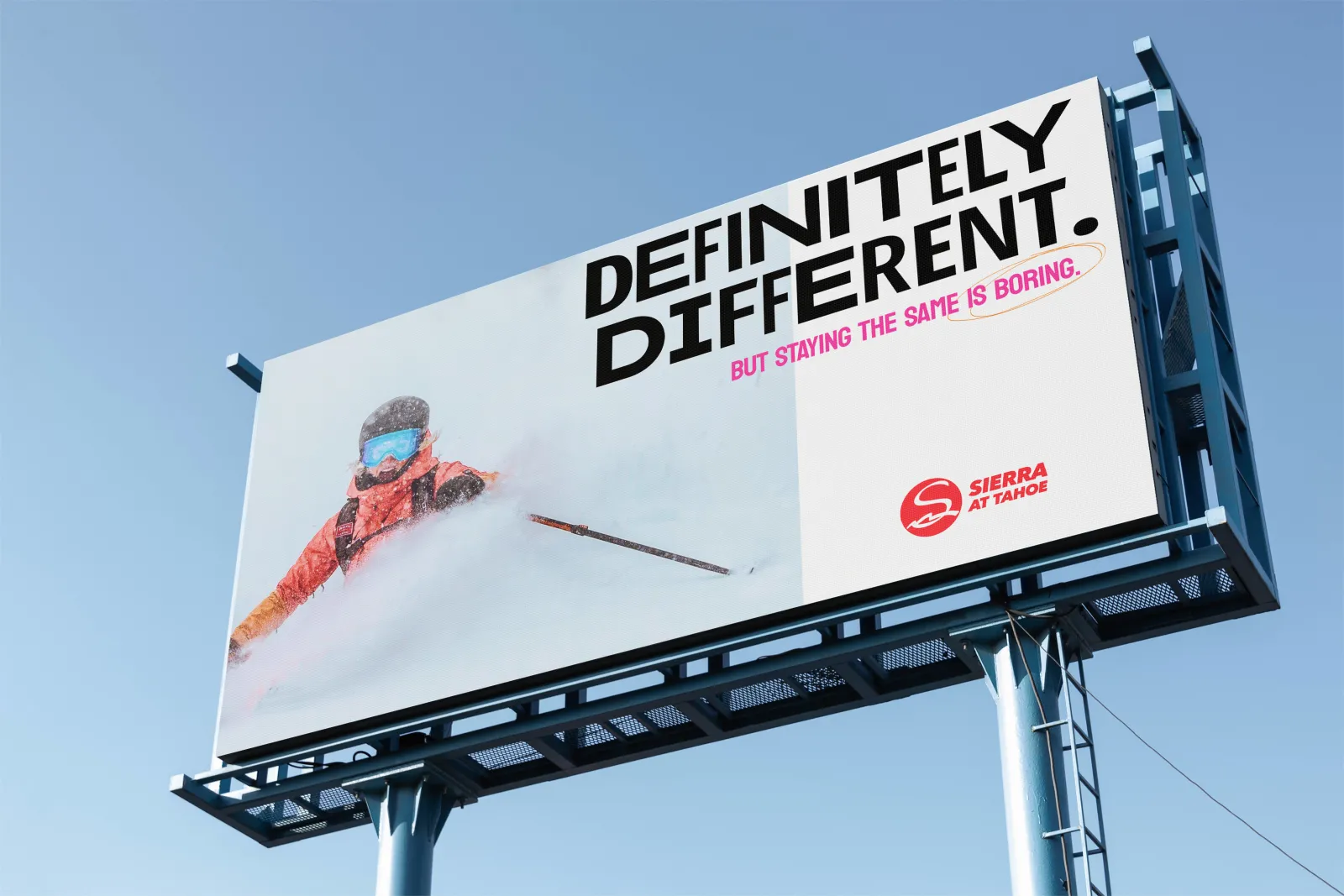How to get the most out of your seasonal campaigns
Chances are, if you work in the ski industry, you have at one point been faced with the requirement or option to create a season-specific campaign. Although seasonal campaigns are a logical allocation in anyone’s yearly marketing calendar, the question must be asked... Why do you need one? If the answer is “we budgeted for it back in June”, you may want to dig a bit deeper into the following article to bring more meaning and purpose to next year’s campaign.
Here’s what you need to ensure you get the most out of your upcoming seasonal campaigns.
Start with a goal.
The more specific your goal, the better. It might be hard to believe, but the most important step is often the most rushed. The raison d’etre. It’s really easy to come up with vague goals that sound good.
For example:
- Increase skier visits
- Grow ancillary revenue
- Get more people to visit on the weekends
Sure, all of these make sense and are probably core goals to the success of your business growth. The problem with them is that they are vague and don’t really incite action - they are business goals. They don’t begin to shape a solution, and often lead to more diluted and watered down creative solutions that don’t achieve anything substantive.
Instead, try thinking about what ideas and initiatives will help your brand hit its business goals this year - what do you really want this campaign to achieve?
Using our previous list as a template, let’s dive a little deeper:
- Become the preeminent family resort in Colorado
- Show our guests that there is more to do than just ski
- Change our perception of being a sleepy winter resort, to a great place for weekend getaways from New York City
A good campaign goal will be something that you and your agency can rally around - not something that everyone will dread having to appease.
Gather up your insights (ABC’s)
Have you ever seen a campaign that didn’t quite seem to be “with the times”? Chances are, that campaign was lacking at least a few valuable insights. Before embarking on the creation of a seasonal campaign, it is important to evaluate any available insights (or rely on your creative agency to research and bring these to the table).
A few of the typical categories of insights we have found to be impactful at Origin are:
Audience Insights
This should not simply be the demographics of your best guest listed out in bullet point form. Sure, you’ll want that information when developing your campaign, but that isn’t an insight. A solid audience insight looks at your target audience and their relationship to your brand. Think: do they love you, hate you, find you expensive, find value in your product, etc...
Brand Insights
Brand insights dive into what your brand can really bring to the table. This insight should be unique, and it should definitely work to motivate your campaign in relation to your brand, your competition, and your audience. What is it about your brand that truly sets it apart?
Contextual insights
Contextual insights really help you frame your thinking when it comes to developing a seasonal campaign. This is where we look at what’s happening in the life of the audience you are looking to attract. What factors are influencing them? What trends are motivating them? What problems or dilemmas do they face?
Define, or provide guidance for a playground in which you know your brand will have fun, and more importantly (but less fun) what your budgets might entertain.
Define your playground
The playground you define for your creative agency partner can be as specific as the exact media channels you have already committed to, or as broad as a predetermined budget that you’ve allocated to bring the campaign to life. Without setting these boundaries, you might just find yourself with an amazing concept filled with AR activations and flying cars that will require more budget than you will see in your lifetime. The other main consideration is that changing the playground (or the budget within which the campaign can play) late in the game might start to detract from the overall impact of the creative work.
There are many more elements that go into successful seasonal campaign development, but by having a grasp on these three aspects out of the gate, you’re setting up your brand and your agency for success.






